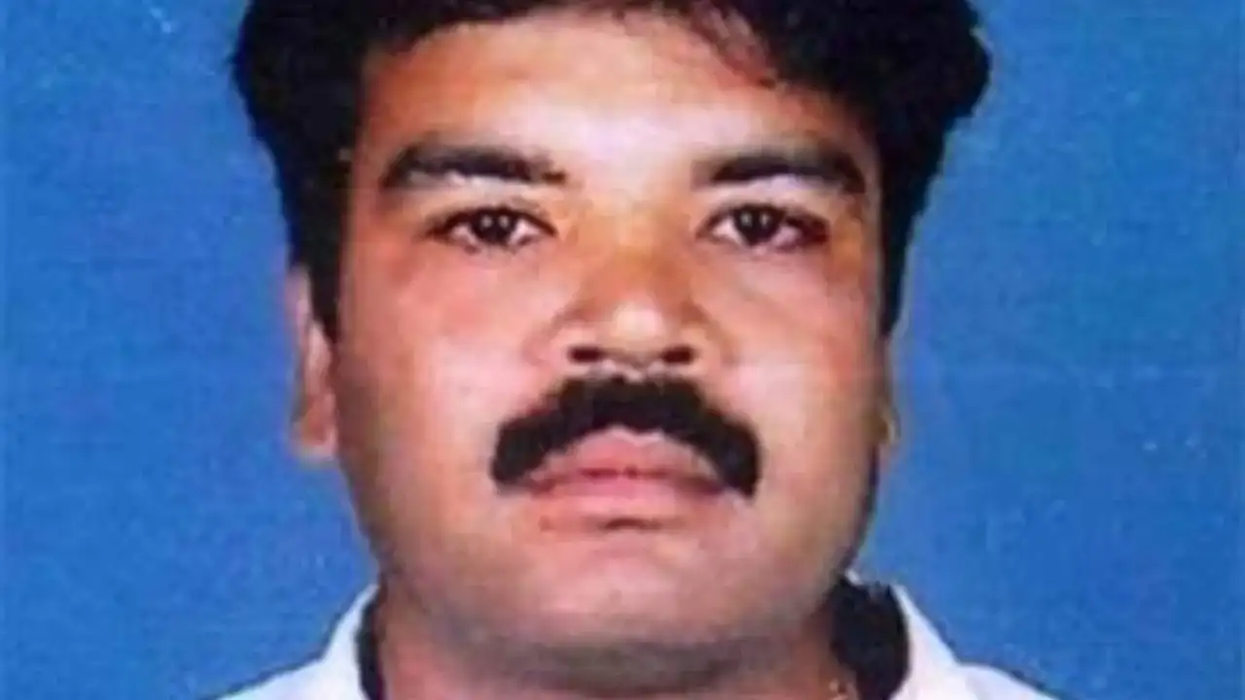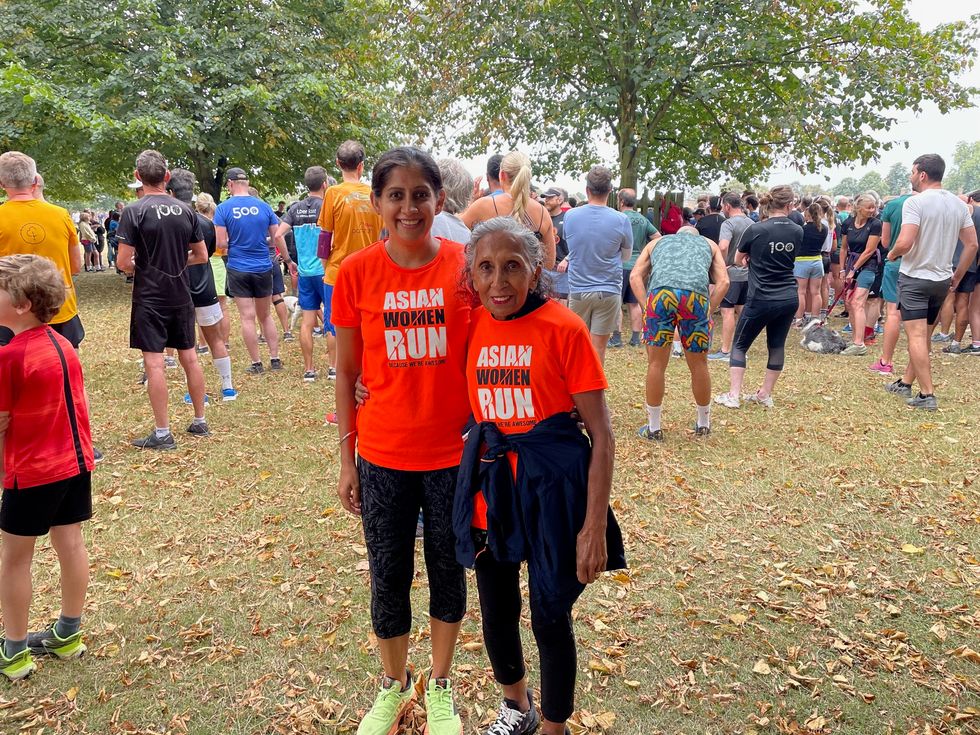SMALL SCREEN STAR ON FINDING FAME WITH HIT SHOW TENALI RAMA
by ASJAD NAZIR
ONE of the biggest small screen success stories from recent years is smashhit serial Tenali Rama, which has powered by past 700 episodes since it premiered in 2017.
At the forefront of the historical comedy-drama based on the life of legendary 16th century Telugu poet Tenali Ramakrishna has been acclaimed actor Krishna Bharadwaj, who after years of struggle landed the star-making serial popular with all generations.
Having first acted as a four-year-old, he thinks acting is part of his soul and has been connected to the craft his whole life with various mediums, including radio, theatre and TV. Tenali Rama has been a life-changing project for the actor and gained him a global fan base.
Eastern Eye caught up with Krishna during lockdown to discuss his struggle, the success of his serial, acting and secret to staying motivated.
How have you been coping with the Covid-19 lockdown?
I’m really enjoying this lockdown because I have got this gap after three years of shooting Tenali Rama non-stop. It has gone from being hectic to getting a two-month gap from shooting. So, I am totally enjoying this period at home. I am sleeping, eating, reading and doing a lot of stuff I was missing. This lockdown has been like a blessing and I am really enjoying it at home.
How much does the success of Tenali Rama mean to you?
It means a lot because before Tenali Rama I was out of work for four years. I had no work or money. I had no personal, social or financial life and was in deep depression. So I remember those four years and then I got Tenali Rama, which became a huge success immediately. So it means a lot, because I’ve seen a bad life before this. Then suddenly I became a renowned actor of a hit show.
You must also enjoy the fact this show is loved by all ages?
Yes, I get a lot of love and respect from all ages, especially children and elders. So it really means a lot because I got this success after long years of struggle. I have been in Mumbai for 16 years, but it was only after 13 years I got something, which is a hit. So, it’s a very nice feeling being appreciated for your work. Tenali Rama is the biggest success of my life.
Why do you think that the show has been so successful?
When Tenali Rama got launched on SAB TV, the channel had very few hit shows and the only successful one was Taarak Mehta Ka Ooltah Chashmah. Then SAB TV had a revamp and launched Tenali Rama. The audience was immediately taken by the first visuals, including the colours, sets and lighting. Tenali Rama is a very well written show. It’s a show which has a lot of comedy and teaches you something. Audiences got hooked immediately with the show and my character. It is also very relatable.
Tell us more?
It is very natural for the public because we converse with each other. Unlike other historical shows, it wasn’t about saying dialogue in a particular way and the kind of stories we told connected with viewers, especially children, who learned a lot from them. I’ve got messages that kids are learning good Hindi from your show. Also, the ensemble cast of this show is perfect. So these and other things worked for Tenali Rama.
How do you stay motivated as an actor with a show that has run over 700 episodes?
Well, it’s common for an actor to get bored or feel monotonous after doing a show that has crossed 700 episodes. But, I feel really fortunate to get this show because for a male actor to get something like Tenali Rama on Indian TV is a very big thing. While playing Tenali Rama in the show, I have gone through various emotions and lived a real life kind of relatable character.
But how do you cope with such a demanding character?
I do feel exhausted playing Tenali Rama because this character is totally opposite to me and not my energy. So every day I’m shooting for Tenali Rama, I am not being myself and that becomes an enjoyable challenge. I am quite a reserved kind of person, so have kept myself motivated by playing these different kinds of emotions and expressions. We have track-based stories, so every week we get a new story, new characters and new per day artists coming. It’s not about 700 episodes, it’s about living a character I enjoy playing. People actually think that I am Tenali Rama and that he would have been like me only.
What do you most love about your character?
What I love most about the character is that Tenali Rama is a very intelligent and witty person. I love that he always remains so happy. Even if he is in any trouble, he doesn’t get upset about it and comes out a winner. So after three years of playing Tenali Rama, I feel this character has made me a happier person in my personal life also.
What are your hopes for the show?
Well, as soon as the lockdown ends, we’re going to start the shoot. People are waiting for Tenali Rama to start again. I keep getting a lot of messages on social media, asking when is it returning? They want to interact with me. They want me to talk like I am Tenali Rama. I think people are desperately waiting for their favourite shows to return on air. I think we have a brighter future after lockdown because TV is currently being dominated by repeat telecasts. So people are desperately waiting for fresh episodes. I think we have another 500 episodes. So there’s a bright future for Tenali Rama.
What have you been watching during the lockdown?
Well, I have been binge watching a lot of shows and films on Netflix, Amazon and all. I watched Money Heist, Dark, The Politician, The Boys, She and Panchayat. I have been also watching my show because while shooting I was not able to watch it and now I can.
What inspires you?
The thought I don’t want to live an ordinary life inspires me. I want to live a life where people know, love and respect me for my work. This inspires me a lot. I want to be known as a highly appreciated actor and want that to become my identity.
Who are your acting heroes?
Naseeruddin Shah, Ranbir Kapoor, Irrfan Khan, Nawazuddin Siddiqui and Pankaj Tripathi are the kind of actors who inspire me a lot. They are my acting heroes. I learn a lot watching them. Also, most of these actors have struggled a lot in life and then they got their due. After struggle, they became renowned actors and my life is also somewhat like that, so I get really motivated by their work. They are my acting heroes in the industry.
Why do you love being an actor?
I love to become another character. An actor needs to become somebody else and not himself when playing a role. In daily soaps, most actors don’t get this chance and get roles according to their character. So the character and the real life actors are mostly the same. But very few characters have been written on daily soap where you need to have a different body language, attitude, temperament and physicality than your real life self. Tenali Rama is a character where I need to be a totally different person from myself. And that’s why I love being an actor, because I love to be somebody else. I love to get into somebody’s shoes or in their brain and become them. It gives me a certain kind of high and I totally love that.
















 A cookery theatre presented by television chef Parveen the Spice QueenRFMP
A cookery theatre presented by television chef Parveen the Spice QueenRFMP The mela will feature live music, street food, cookery demos, fashion stalls, and a funfairRFMP
The mela will feature live music, street food, cookery demos, fashion stalls, and a funfairRFMP


 Charithra Chandran styled her hair in soft curls for the Ralph Lauren outfitInstagram/
Charithra Chandran styled her hair in soft curls for the Ralph Lauren outfitInstagram/ Charithra’s look was inspired by her character Edwina Sharma from BridgertonInstagram/
Charithra’s look was inspired by her character Edwina Sharma from BridgertonInstagram/